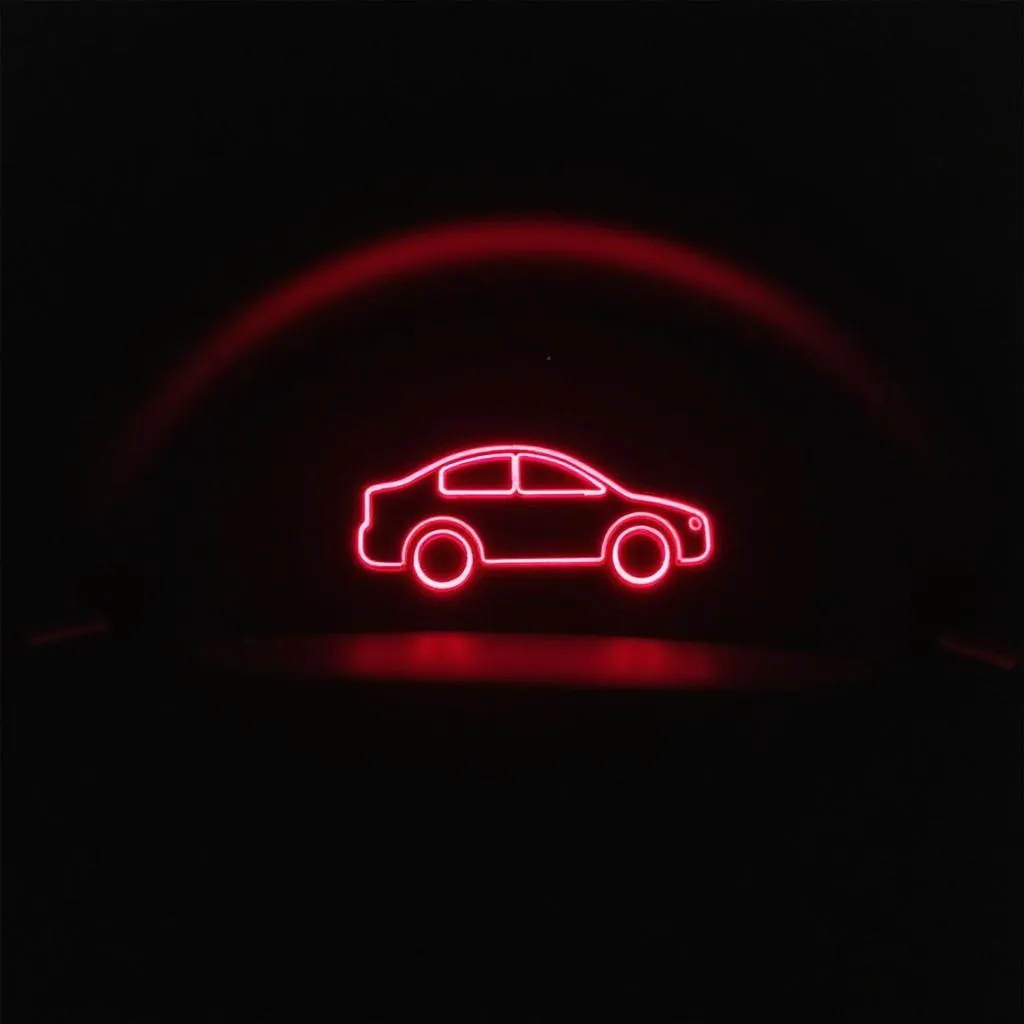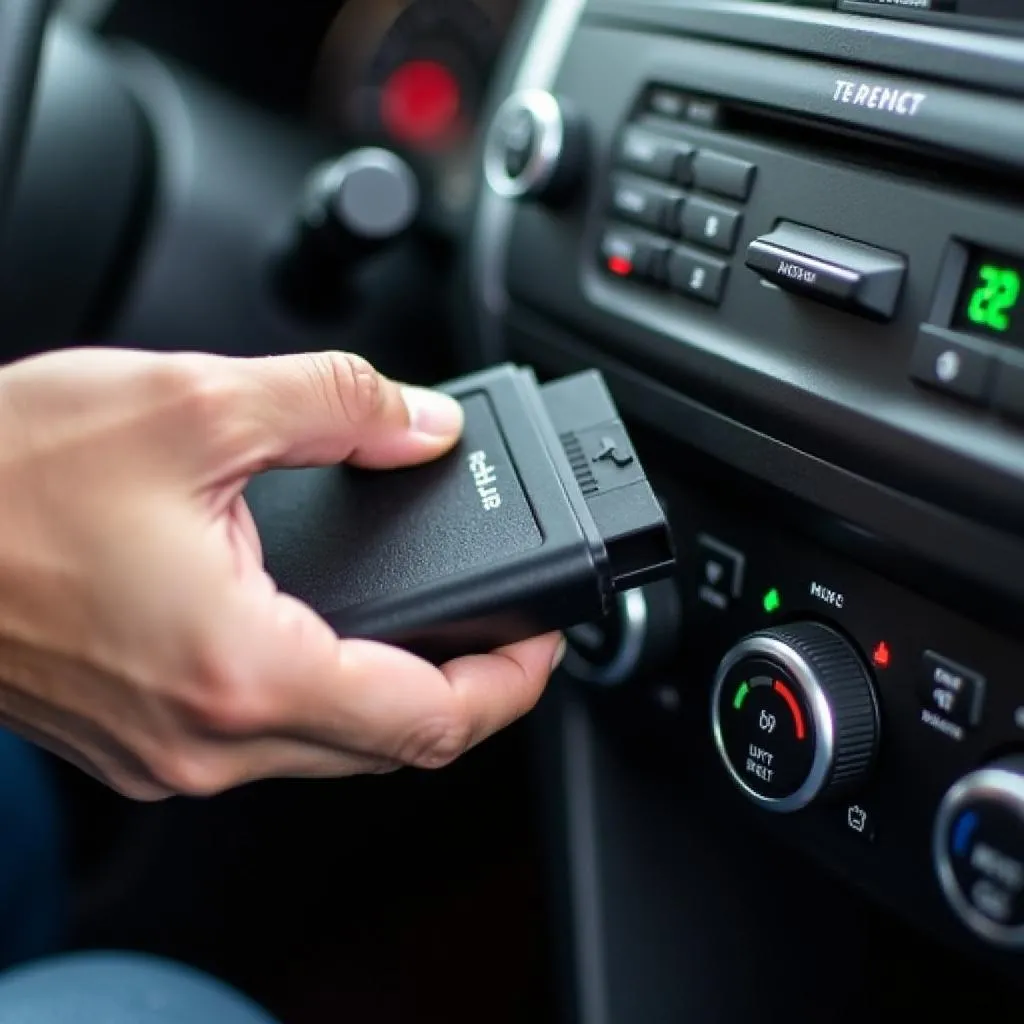Imagine this: You’re rushing to work, juggling your coffee and briefcase, and then you see it – your car won’t start. Your key fob seems unresponsive, the engine refuses to turn over, and a strange blinking light on your dashboard catches your eye. Could this be the dreaded anti-theft mode kicking in?
Anti-theft mode, also known as immobilizer systems, is a security feature in modern vehicles designed to deter theft. It works by disabling the vehicle’s starting system unless the correct key or key fob is present. While this is a fantastic deterrent against car theft, it can sometimes cause headaches for the vehicle owner if the system malfunctions or misinterprets a situation.
Understanding the Why and How of Anti-theft Mode
The primary purpose of the anti-theft system is to prevent unauthorized access and theft of your vehicle. This system uses a transponder chip embedded in your car key that transmits a unique code to the vehicle’s Engine Control Unit (ECU). If the codes match, the vehicle will start. If not, the anti-theft system will engage, immobilizing the vehicle.
Recognizing When Your Car is Stuck in Anti-theft Mode
While the symptoms can vary depending on the make and model of your car, here are some common indicators that your vehicle might be in anti-theft mode:
- Rapidly Flashing Security Light: One of the most telltale signs is a blinking security light on your dashboard. This light often takes the form of a car icon with a key or padlock symbol.
- Engine Cranks but Doesn’t Start: If your engine cranks but refuses to turn over, it could be due to the anti-theft system preventing ignition.
- Key Fob Malfunctions: An unresponsive key fob, especially if it’s unable to lock or unlock the doors, can be a sign of anti-theft system issues.
 Car Dashboard with Flashing Anti-theft Light
Car Dashboard with Flashing Anti-theft Light
What You’ll Need to Disable Anti-Theft Mode
Before you jump into troubleshooting, it’s helpful to have a few things on hand:
- Your Car Manual: Your car manual is your best friend in these situations. It will outline the specifics of your vehicle’s anti-theft system.
- Spare Key Fob: If available, try using your spare key fob to see if it resolves the issue.
- Diagnostic Tools: For more complex issues, you might need a diagnostic scanner to read error codes and pinpoint the problem. Cardiagtech offers a variety of diagnostic tools suitable for both professionals and car enthusiasts.
How to Get Your Car Out of Anti-Theft Mode
If you suspect your car is in anti-theft mode, here’s a general approach to troubleshoot the issue. Remember to consult your car manual for model-specific instructions:
- The Key Fob Reset: Often, the issue lies with the key fob’s battery or synchronization. Try replacing the battery in your key fob first. If that doesn’t work, refer to your car manual for instructions on how to resynchronize your key fob to your car. This usually involves a specific sequence of button presses on the key fob while inside the vehicle.
- The Lock and Unlock Trick: This simple method can sometimes reset the anti-theft system. Manually lock all your car doors using the physical key, wait for 30 seconds, and then unlock the doors.
- The Battery Disconnect Method: Disconnecting your car battery for a few minutes can reset the ECU, potentially resolving any temporary glitches in the anti-theft system. Remember to consult your car manual for the safe way to disconnect your battery.
 Replacing Car Key Fob Battery
Replacing Car Key Fob Battery
Still Stuck? Time to Call in the Pros!
If these basic troubleshooting steps don’t work, it’s best to seek professional help. The experts at CARDIAGTECH can diagnose and resolve complex anti-theft system issues, including ECU programming and software-related problems.
To learn more about anti-theft systems or other common car issues, check out our other helpful articles:
- Could My F150 Ford Be in Anti-theft Mode?
- How Do I Get My Car Out of Anti-theft Mode?
- Does Tesla Model Y Have Anti-theft Device?
Remember, understanding your car’s anti-theft system is key to both protecting your vehicle and avoiding any unexpected surprises.


